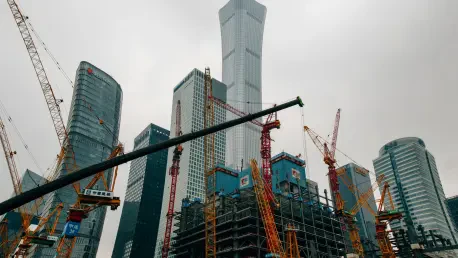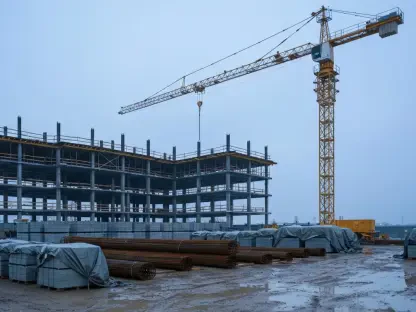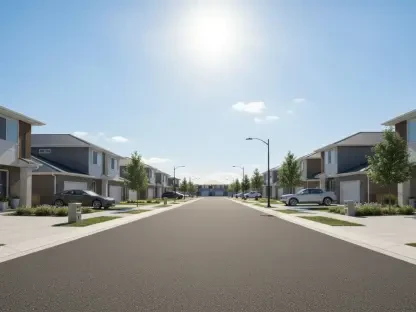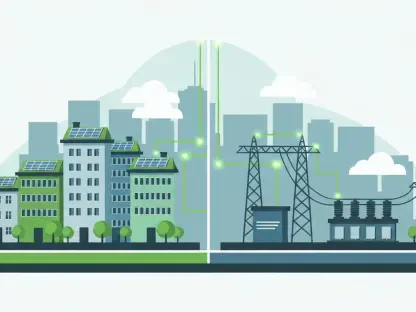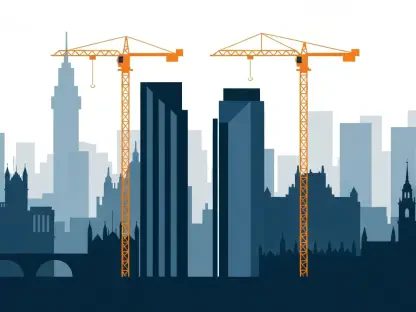Amid a national housing crisis marked by rapidly increasing rents and affordability challenges, Washington has taken definitive action to protect renters by implementing statewide rent control measures. This effort comes in response to soaring rental costs and persistent pressure from advocacy groups urging legislative change. As of May 2025, Washington has adopted House Bill 1217, a law designed to limit rent hikes and bring some stability to renters facing financial uncertainty. With these rules set to take effect on January 1, 2026, Washington joins a growing number of states, each seeking to address the urgent needs of their populations in the face of a severe housing crunch.
Rent Control Legislation and Its Implications
Details of Washington’s Approach
House Bill 1217 embodies Washington’s strategy to provide a safeguard against excessive rent increases in a state where high demand and limited supply have dramatically driven up living costs. The bill restricts rent increases to a maximum of 7% plus inflation or 10% annually, offering a framework for landlords to manage rental costs. It applies widely across most residential properties, including single-family homes, and unique provisions address the specific needs of manufactured housing communities—capping their annual rent increases at 5% plus inflation or 7%. This comprehensive approach gives particular consideration to residents of manufactured communities by acknowledging their unique vulnerabilities in a challenging market.
Washington’s proactive stance reflects the state’s acknowledgment that previous wage growth patterns have failed to keep pace with rising rental costs in urban areas. As tenants increasingly bear the brunt of these expenses, these new caps offer a relief measure aimed at preserving housing stability and preventing displacement. The decision to implement these measures highlights a critical moment in a broader national conversation about rent control, embracing strategies that prioritize sustaining communities while navigating the financial realities facing renters.
Enforcement and Landlord Provisions
Washington’s law includes mechanisms for enforcing its provisions, managed by the state’s Attorney General, ensuring these caps are adhered to while protecting tenant rights. Landlords can petition for rent increase exceptions based on extraordinary expenses, acknowledging their potential need for flexibility in maintenance and operational costs. This aspect of the legislation seeks to mitigate concerns about potential impacts rent caps might have on new construction and investment in rental properties. By offering this procedural avenue, Washington demonstrates an attempt to balance renter protections with the interests of property owners, ensuring a fair and sustainable market.
The law deliberately excludes newly constructed buildings less than ten years old from these constraints, fostering ongoing investments in housing developments crucial for expanding supply. Despite these measures designed to ensure fairness, some landlords express trepidation, fearing that rent control might discourage future investments or prompt reductions in maintenance budgets. In contrast, advocates champion this legislative shift, highlighting its necessity in curbing displacement due to gentrification and supporting community stability in rapidly developing regions.
Broader Context of Rent Control
National Trends and Challenges
Washington’s rent control initiative is part of a larger spectrum of similar reforms observed across other states grappling with comparable issues. Oregon, having pioneered statewide rent control in 2019, imposed a parallel limit that mirrors Washington’s recent legislation. California’s Assembly Bill 1482, passed with similar objectives, caps annual increases at 5% plus inflation, with an overall threshold comparable to Washington’s cap. Meanwhile, states like Minnesota, New York, and Colorado are actively exploring or implementing rent stabilization strategies in response to the high-cost burden on renters, further fueled by record rent levels and an overwhelming demand for housing.
High mortgage rates, significant supply chain disruptions, and labor shortages accentuate the housing crisis’s difficulties, notably challenging widely growing states such as Texas, Florida, and Arizona. These conditions necessitate innovative approaches beyond rent control, including the possibility of zoning reforms, enhanced federal funding mechanisms specifically targeting affordable housing initiatives, and facilitating collaborations between public and private sectors to create more comprehensive, lasting solutions. Experts are increasingly advocating these solutions as vital to navigating the complexity of today’s housing challenges.
Looking Forward
Facing a significant housing crisis characterized by rapidly increasing rents and mounting affordability issues, Washington has made a decisive move to protect its residents through new rent control legislation. Prompted by relentless rental cost hikes and demands from advocacy groups pressing for change, the state has acted by passing a law known as House Bill 1217. This bill, which will take effect on January 1, 2026, limits rent increases, offering stability to renters grappling with financial insecurity. As of May 2025, Washington joins a growing list of states tackling the housing crunch, recognizing the urgent need to address the challenges their populations face. By implementing these measures, Washington aims to curb the trend of escalating living costs and prevent residents from being priced out of their homes. Legislation such as House Bill 1217 represents a broader movement in the United States where states are increasingly seeking strategies to protect renters and make housing more affordable amidst a national crisis affecting millions.
